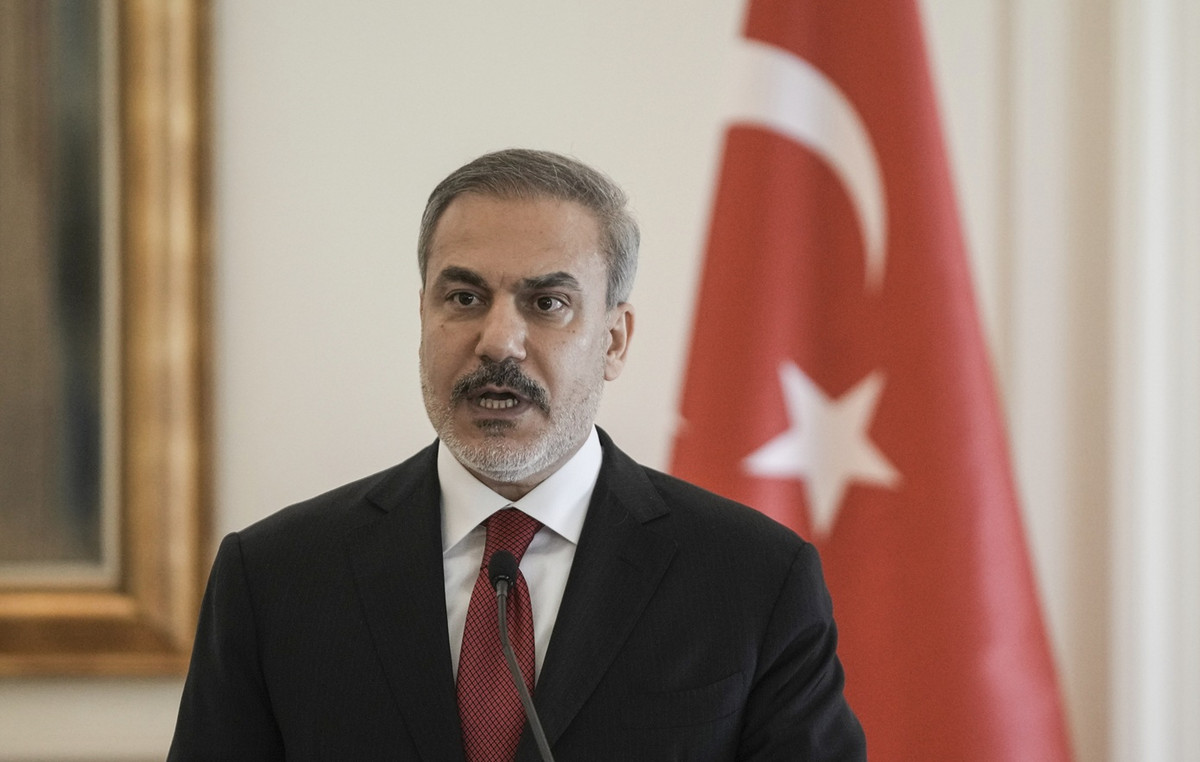- The Mexican Peso gains traction on Wednesday, sponsored by comments from the Vice Governor of Banxico.
- Jonathan Heath wants higher rates for some time, regardless of a recession.
- President Sheinbaum has committed to being fiscally responsible.
The Mexican peso rose for the second day in a row on Wednesday against the US dollar following hawkish comments from Bank of Mexico (Banxico) Deputy Governor Jonathan Heath, who voted against lowering rates by 25 basis points at the policy meeting monetary of September 26. USD/MXN is trading at 19.37, down 1.18%.
Heath appeared on Banorte’s podcast and said policy should remain at the current level for “longer” while acknowledging that core inflation is getting closer to target. He added that the US Federal Reserve (Fed) rate cut would not directly impact Banxico’s policy path and he does not believe Mexico is close to a recession.
Mexico’s agenda revealed that business confidence deteriorated in September, while July gross fixed investment figures improved on a monthly and annual basis.
Additionally, President Claudia Sheinbaum began her six-year term. In his inaugural speech, he assured investors that their investments were safe and added that he would respect Banxico’s autonomy to dictate its policies.
Sheinbaum committed to fiscal responsibility and defended the judicial reform approved in September. According to foreign analysts and investors, this reform threatens the rule of law, and that sentiment has hurt the Peso in recent months.
“Disciplined management of the budget and state-owned enterprises, progress in public security and safeguarding the integrity of key institutions will be key to preserving market sentiment and sovereign debt ratings,” said Alberto Ramos, head of of the Goldman Sachs economic research team for Latin America.
In the US, ADP national employment change data for September beat estimates after recording five months of weak readings.
Daily Market Summary: Mexican Peso Ignores Mixed Data to Advance
- Mexico’s business confidence in September rose to 51.9, down from 53.1 in August, its lowest reading since January 2023.
- Gross fixed investment in July expanded 1.8% month-on-month, compared to the -1% contraction of the previous month. For the 12 months to July, it recovered from a 1.3% contraction and was up 6.4%.
- Mexico’s business activity in the manufacturing sector contracted, according to S&P Global. The September Manufacturing PMI fell from 48.50 to 47.30, highlighting the ongoing economic slowdown.
- ADP’s national employment change in September was 143,000, up from an upwardly revised 103,000 the previous month and beating forecasts of 120,000.
- According to swap markets, Banxico is expected to reduce borrowing costs by 175 bps by the end of 2025.
- Market participants have put the odds of a 25 bps cut at 63.8%. According to the CME FedWatch tool, the odds of a cut greater than 50 bps decreased to 36.2%.
Technical Analysis: Mexican Peso Recovers as USD/MXN Falls Below 19.40
The USD/MXN uptrend remains, but the ongoing pullback will likely test the 50-day SMA at 19.30. According to the Relative Strength Index (RSI), the momentum has changed negatively.
The RSI falling below its neutral line indicates that the sellers are in charge.
If USD/MXN breaks the 50-day SMA, the next support would be the September 24 low of 19.23 before the pair moves towards the September 18 daily low of 19.06. Once these levels are surpassed, the figure of 19.00 emerges as the next line of defense.
On the other hand, if USD/MXN breaks above 19.50, this could sponsor a test of the current week’s peak at 19.82. With further strength, the next resistance will be the psychological figure of 20.00, followed by the yearly high of 20.22.
Banxico FAQs
The Bank of Mexico, also known as Banxico, is the country’s central bank. Its mission is to preserve the value of Mexico’s currency, the Mexican peso (MXN), and set monetary policy. To do this, its main objective is to maintain low and stable inflation within target levels (at or near its 3% target, the midpoint of a tolerance band between 2% and 4%).
Banxico’s main tool to guide monetary policy is the setting of interest rates. When inflation is above the target, the bank will try to control it by raising rates, making it more expensive for households and businesses to borrow money and thus cooling the economy. Higher interest rates are generally positive for the Mexican Peso (MXN), as they generate higher returns, making the country a more attractive place for investors. On the contrary, lower interest rates tend to weaken the MXN. The rate differential with the Dollar, or how Banxico is expected to set interest rates compared to the United States Federal Reserve (Fed), is a key factor.
Banxico meets eight times a year and its monetary policy is greatly influenced by the decisions of the US Federal Reserve (Fed). Therefore, the central bank’s decision-making committee typically meets a week after the Federal Reserve. By doing so, Banxico reacts and sometimes anticipates the monetary policy measures set by the Federal Reserve. For example, after the Covid-19 pandemic, before the Fed raised rates, Banxico did so first in an attempt to decrease the chances of a substantial depreciation of the Mexican Peso (MXN) and avoid capital outflows that could destabilize to the country.
Source: Fx Street
I am Joshua Winder, a senior-level journalist and editor at World Stock Market. I specialize in covering news related to the stock market and economic trends. With more than 8 years of experience in this field, I have become an expert in financial reporting.








